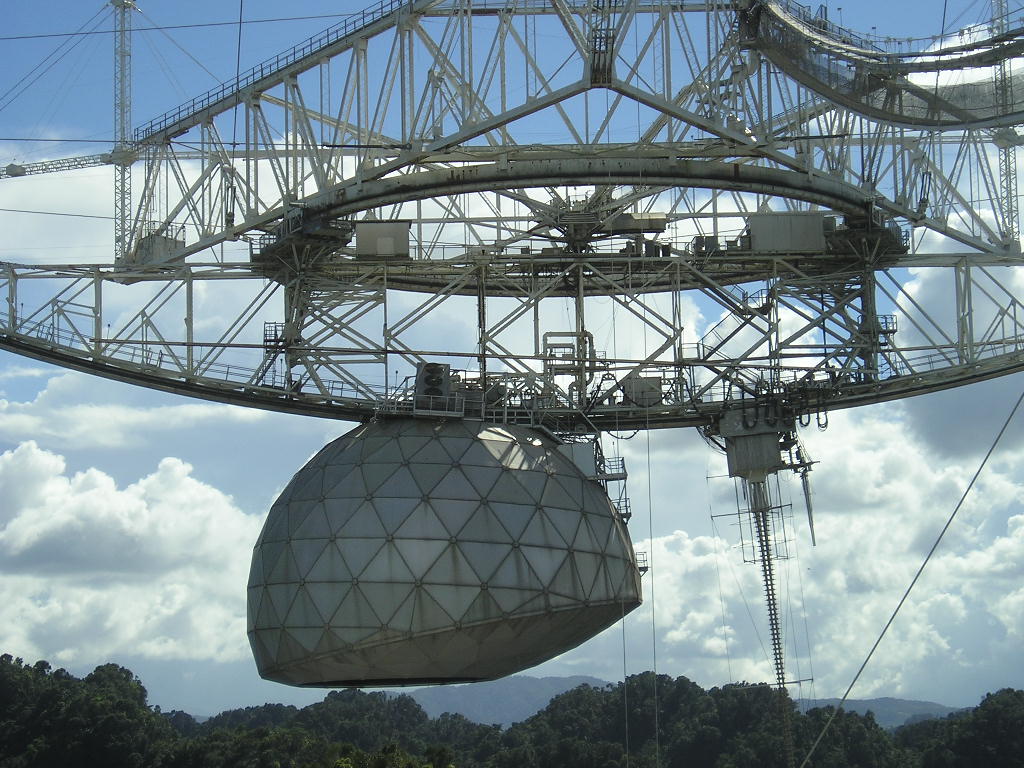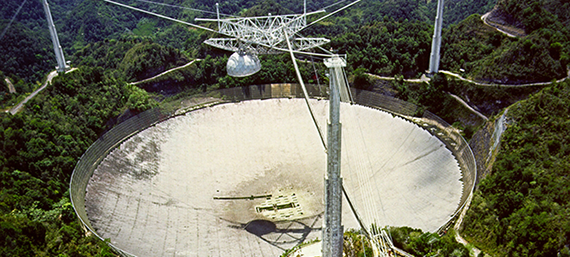Rebooting a 1970s satellite with modern software and hardware
The O'Reilly Solid Podcast: Dennis Wingo on reestablishing contact with a satellite that had been silent for 17 years.
 Arecibo Observatory (source: Wikipedia)
Arecibo Observatory (source: Wikipedia)
Subscribe to the O’Reilly Solid podcast to stay on top of topics related to the Internet of Things, hardware, software, manufacturing, and the blurring of the physical and virtual worlds.

In the first episode of the Solid Podcast, we talked with Dennis Wingo, founder of Skycorp, in the former NASA McDonald’s where he’s been restoring the first images of the moon taken from space.
After an hour of recounting his techno-archaeology exploits — reverse-engineering the arcane analog image-transmission systems that NASA’s engineers developed in the 1960s — Dennis paused and said, “and that’s just one of our history projects.”
That teaser is where we begin today’s episode. Ready to apply modern computing to another analog challenge, Dennis turned his attention to the reboot of the International Sun/Earth Explorer-3, a research satellite launched in 1978 and commended to the heavens in 1997.
NASA decommissioned the equipment for communicating with the satellite in 1999, so Dennis set about reverse-engineering the ISEE-3’s control system and devising a way to communicate with it. In the 1970s, he would have needed custom analog hardware, but now, general-purpose hardware is powerful enough that he could do it all with software.
Wingo’s team built a system on top of an Ettus software-defined radio that could analyze the satellite’s 2.2-gigahertz S band signal; all that remained was to transmit a wake-up call and then listen through a receiver powerful enough to hear the 36-year-old satellite’s signal. The Arecibo Observatory in Puerto Rico did just that.
The “steely-eyed missile men” of the 1970s had done some magnificent engineering work. When Wingo re-established contact with the satellite, it was off course by 3,000 kilometers — after traveling 24 billion kilometers.
The story is an excellent illustration of how software can replace physical complexity — one of the key themes we follow at the Solid conference, and Dennis will deliver a keynote at Solid San Francisco in June, where he’ll talk about his extraordinary combination of techno-archaeology and modern computing.
The Solid Podcast is hosted by Jon Bruner and David Cranor, and focuses on the people, ideas, and technology that we feature at the O’Reilly Solid Conference. Episodes are edited by Brian Burge, with closing music by Thaddeus Bromstrup.
